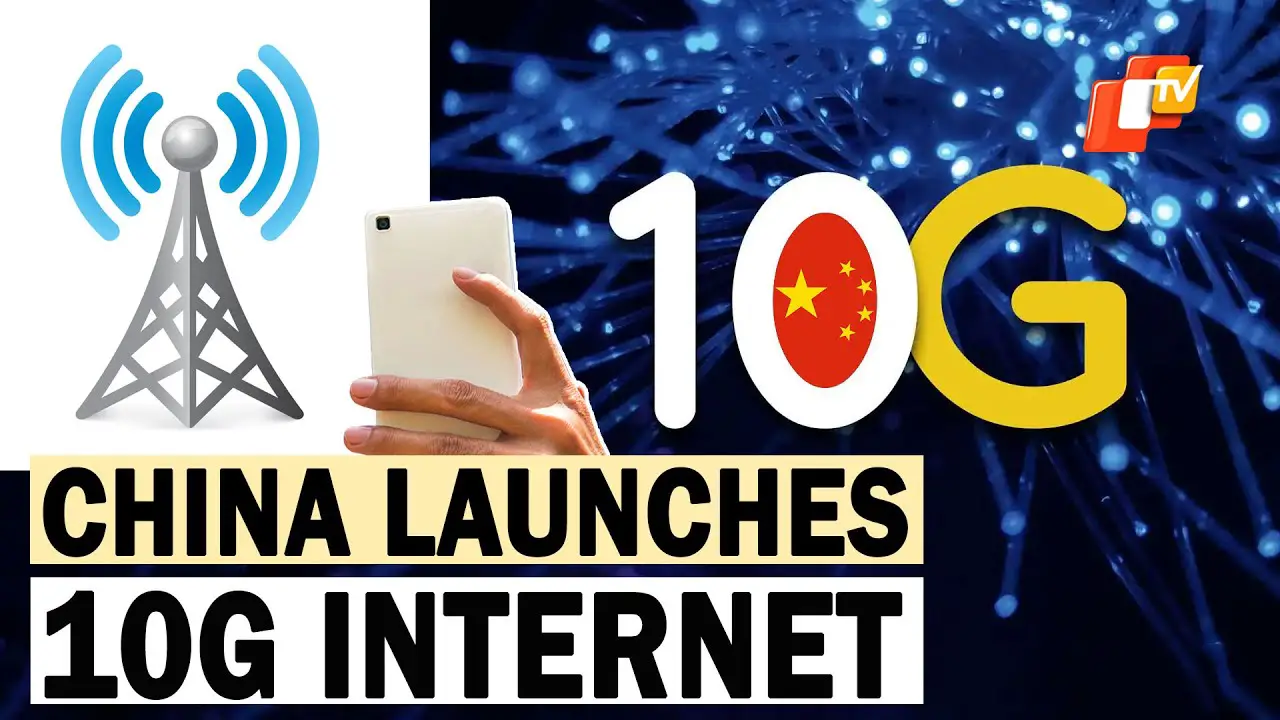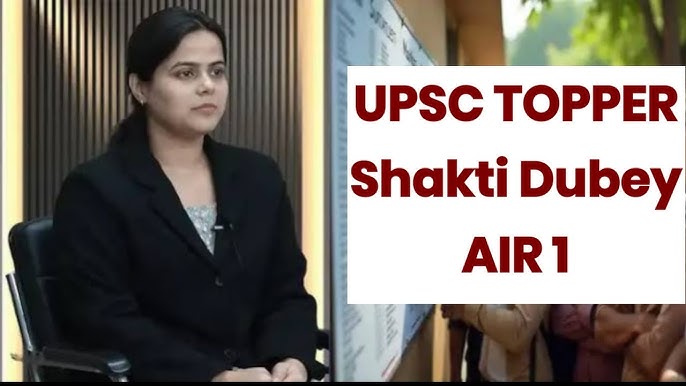Educational technology is a systematic application of relevant technological processes and resources in teaching, with the goal of improving the performance of students. It involves a disciplined approach to identifying the needs of students, applying technology in instruction, and tracking their performance. In a densely populated country like India where mass education is the need of the hour, only educational technology is appropriate. Programmed learning materials such as software programs can make mass education easily available. Various programmed materials such as linear, branching, mathematics can be applied according to the intellectual level of the learner. Almost all types of courses can be programmed keeping in mind the age level of the student. Educational technology has immense potential for the teaching-learning process. It makes curriculum creation and selection of teaching-learning strategies easier and makes teaching-learning more effective.
Educational technology helps in improving the quality of teaching by providing a variety of programs through TV and other media. Educational technology motivates children to learn. It increases the motivation among the learner to learn by using various new machines such as video, computer tape recorder, TV and other different types of projected aids.
Educational technology has almost eliminated the barriers to mass education. Educational opportunities accessible to all can be easily communicated through a variety of programmes developed by different experts for a large population of students: It breaks the barrier of learners of all classes regardless of economic, social or geographical status and makes education available to all. Various examples such as, through mass media, TV, radio, film etc. It makes education easily accessible to all. It also acts as a distance method of learning.
Education technology makes provision of self-learning materials, which provide an opportunity to both talented and backward children to move ahead in the learning process at their own pace.
Meaning of Educational Technology
According to J.K. Galbraith every technology has two main characteristics. These two characteristics he mentioned in his book “The New Industrial State” as systematic application of scientific knowledge to practical tasks and dividing practical tasks into sections and sub-sections. He believes that any subject in the field of education which fulfills these two criteria of characteristics is called Educational Technology.
Secondly, it selects or designs the best plan to teach the learners so that they can achieve the learning objectives. In the third step the learner’s output is evaluated to see whether the learning objectives have been achieved by the learner or not. If the learning objectives cannot be achieved by the learner then there arises a need to change the teaching strategy or strategies in the manner through which the learning objectives can be achieved. Thus the process of Educational Technology can be divided into three different stages:
- Firstly its function is to analyse all the components that are to be applied as inputs in the teaching-learning processes.
- In the second place the components used in the teaching learning process during input and output are explored and analysed either in group or individually.
- In the third category/ place of eductation the learning experiences acquired in the teaching-learning process should be in the form of research outcomes.
From the above discussion/it can be said that Educational Technology is a practical technology which presents the art of teaching in a new way with the help of (1) teaching objectives, (2) content, (3) controlling the educational effect with the help of teaching materials, (4) educational environment, (5) behaviour of the pupils, (6) behaviour of the teacher, and (7), interaction between teaching and pupils. Thus Educational Technology is a dynamic, progressive and important mechanism in the field of education in whole world. It modifies and analyses the various stages of teaching and learning with the inductive principles and laws of modern psychology, sociology, engineering, administrative theory, mathematics and other social and physical sciences. It develops educational efficiency to design new process of education according to the need of the learner by redesigning the entire system of education keeping in view the need of the learner. Apart from the classroom, Educational Technology plays a vital role in the entire school environment, educational administration and educational contexts.
Need of Educational Technology
Educational technology is of great importance in a densely populated country like India where there is a great demand for mass education with limited resources. Educational technology is a major requirement for formal, informal as well as non-formal methods of teaching-learning. The needs of educational technology are discussed here;
1. Radio as a medium of educational technology broadcasts educational programmes all over the country. Many education programmes such as local needs; adult education etc. can be broadcast through radio.
2. Television as a medium of education broadcasts various lessons and educational programmes related to formal and informal education in the country. Various types of scientific innovations; discoveries, the strangeness of wildlife and various fields of knowledge are generally being brought to the public through television. Satellite service and various activities of different planets and the benefits of satellite services are all now within easy reach of the Indian masses even if they are in a remote area.
3. Educational technology is related to the high demand of training school and college teachers economically and effectively. Educational technology serves the purpose of in-service teacher training course through mass media; multi-media package developed by NCERT removes the barriers of in-service teacher training problem. The technology used in teacher’s training program generally includes microteaching, simulated teaching, team teaching, teaching models etc. along with some essential innovative concepts.
4. Distance education system of our country mostly follows the various types of techniques of educational technology. It uses the cooperation of media for teaching purpose. It provides facilities for all individuals at any time and at any place.
5. The systematically developed and well planned open and distance learning courses offered by many universities in our country are the products of educational technology. Some courses of intermediate or higher secondary level can also be taught through distance mode. Another important step in educational technology is the idea of setting up open schools where instructions are provided effectively through specially designed lessons, study centres, local counsellors and tutors and some vacation courses.
6. Audio-visual materials are considered effective medium for teaching and learning. These are the products of educational technology and are now gaining great importance in India. As these are mechanical devices they require preparation, development and efficient use. Sophisticated machinery equipment needs careful handling. NCERT has a department of teaching in India aids which is producing the various types of materials and testing the effectiveness of these materials by conducting survey research and evaluation. This department also provides guidance and service to educational institutions regarding the use of these teaching aids and equipment.
7. Educational technology provides great help in teaching and learning of languages. Present audio cassettes, audio CDs etc. are helpful in improving the voice and removing errors. Devices like Linguaphone, DVD are giving training in spoken language. Thus educational technology contributes greatly in the functioning of language laboratories for teaching Indian and other foreign languages like English, French, German and Russian etc.
Educational technology in our country is enjoying greater importance in the field of education, both formal and non-formal, by providing guidance, planning and implementing and evaluating various programmes of teaching and learning. Other general requirements of educational technology are presented here;
- Makes learning mobile, students can learn even outside the school walls and beyond bell timings.
- It empowers students to learn on their own, follow their passion, create, innovate and build knowledge.
- It provides them a level of communication and collaboration that was never possible before. It has two major advantages:
- It allows them to communicate with people other than their geographical location, thereby opening up new perspectives;
- It helps them develop team working skills, which is essential in today’s world where problems are solved by many minds working together.
- Teaching is an art and students today still need the guidance of their teachers. Technology really enhances the art of teaching and the relationship between student and teacher, allowing students to study material at home and then bring their questions to class and demonstrate learning in a social environment, instead of wasting precious class time in discussions, experiments, scrummaging, questions, debates, dialogues, tests, revisions and learning basic content.
- Technology personalizes learning. Students who are struggling or lagging behind are typically ignored in the classroom. With technology, they can receive content at their level to prevent student frustration but also to challenge them.
- It saves the environment. Students no longer need to use paper. They can complete all assignments digitally, read e-texts and digital books and take notes on the computer.
- Accessibility for students with special needs. Features such as audio books, text to speech, speech to text for the visually impaired, voice recognition software and much more make technology an invaluable tool for many.
- Makes a variety of various types of courses available to those who previously lacked access.
- Helps students gain a global perspective. With technology, all students in whole world can collaborate and communicate with experts and peers around the world, helping them escape the narrow perspective of one cultural lens, opening their minds to more creative thinking.
- For students who live in remote areas and cannot easily find books, digital tools can become instant libraries. They can check out digital books from their library or instantly download books from online booksellers. This can happen anywhere in the whole world at any part of country .
- Takes them to places they may never visit in person. Through virtual field trips, Google Earth 3D, the Art Project by Google and more, students can see and interact with art, architecture and natural wonders they could only read about before.
Scope of Educational Technology
According to senior technical advisor of India S.S. Kulkarni educational technology is the application of various types of laws and recent discoveries of science and technology in the process of education. Since the term ‘education’ includes teaching-learning instruction and training, the scope of educational technology is very wide. Teaching-learning principles, theories, human resources, physical resources, teaching-learning strategies and mass-media etc. are coming under the scope of educational technology. The scope of educational technology may be summarized as follows:
- Selection of teaching-learning strategies; Selection of teaching learning strategies can be done easily with the help of educational technology. It tries to:
i. Give an idea of what teaching is,
ii. Determine the essential features; of the teaching process and their relations,
iii. Point out the variable and flexible factors of teaching,
iv. Analyse the possible changes that may take place in teaching considering the various stages of the learner going through the process of change or development, levels of teaching, principles of teaching, learning concepts, how the principles of learning are related to the actual activity of learning, analyse the involvement of teacher and learner in the teaching learning process.
vi. Prepare a larger unit of principles and theories of teaching-learning to achieve the optimum educational goal.
- Explicitly ascertaining educational goals and objectives; Educational technology attempts to ascertain the educational needs and aspirations of the community and the resources available in that community for the fulfillment of these needs and aspirations. It attempts to ascertain clearly the broad educational objectives and analyse it in the context of specific classroom objectives of teaching and learning.
- Development of curriculum; Educational technology attempts to suitably design the curriculum to achieve the desired objectives. It attempts to ascertain the ways and means of selecting appropriate learning experiences or content to accomplish these desired objectives. Its function is to find out the suitable framework so that effective instruction can be given as per the prescribed curriculum.
- Production and development of teaching-learning materials; After designing the curriculum Educational Technology attempts to produce and develop suitable teaching-learning materials keeping in view the specific objectives. In this stage Educational Technology attempts to produce and develop software materials and instructional materials such as programmed teaching materials, computer aided teaching materials, self-instructional materials, new technology for preparation of lesson plans which stimulate the teaching-learning situation.
- The teacher is the main controlling authority in the teaching-learning process. Thus Educational Technology makes arrangements to prepare the teachers to face the responsibilities of teaching with full trained knowledge. The teacher is given training through various technological means.
- Development and selection of teaching-learning strategies; Under this heading Educational Technology attempts to pave the way and means to develop, select and formulate suitable policy and procedure of teaching keeping in view the optimum learning outcomes. While formulating the policy or strategies and measures, due consideration should be given to the available teaching-learning materials, different types of teaching methods available, appropriate tools and models of teaching. It tries to select the appropriate strategy out of all these strategies to derive maximum benefit.
- The teaching-learning process can be made more effective by the use of audio-visual aids; The selection of audio-visual materials should be relevant to the particular teaching-learning situation. It provides for developing audio-visual aids and preparing some new aids, if necessary, considering the available resources. With the relevance to the problem faced in the teaching-learning process, manipulation of audio-visual materials is advised.
- Effective use of hardware and mass media; Electronics devices play an effective role in the field of education for achieving educational objectives. These devices include various sophisticated instruments, equipment gadgets and communication devices. Educational technology attempts to indicate the specific function of these tools so as to make effective use of them in the form of mass media and appropriate teaching-learning materials in both formal and informal education and individual and mass situations. It helps the teacher and the learner in all over the world in their respective task in the teaching- learning process.
- To function for the effective use of the sub-system of education; A system as a whole is involving various sub-systems. For the application of technology it includes the subject description, its principles and theories, the process of education, its various subsystems, their operation and procedure in terms of input and output, the necessary development of the system, output and functioning. The educational organisation and management of the system in an effective manner by specifying the respective roles of man, machine and media in relation to the objective of teaching and learning.
- Providing necessary feedback and control through assessment; Education technology exercises proper control over the teaching and learning process. It plans and devises suitable tools for continuous assessment of the process and products of teaching-learning activities. Such assessment can provide proper feedback to learners as well as teachers. Based on this feedback, necessary improvements can be made both in the initial stage and the implementation stage of teaching and learning.
Read Also:
- Importance of Data Science in Education
- The Failure of American Education
- Secondary Education System in the United States
- Educational Apps








Leave a Reply